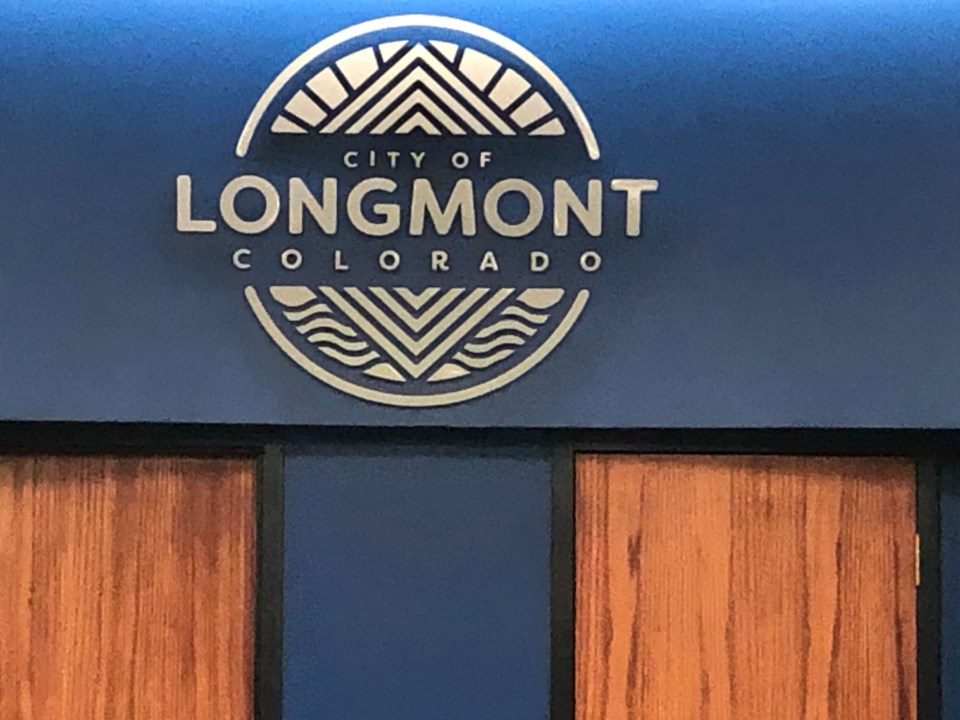Electric and storm drainage rates may go up starting next year as the city of Longmont tries to modernize and rehabilitate utilities to meet future needs.
The rate hikes will be unveiled at Tuesday night’s regular session of the city council. An ordinance approving the new rates is scheduled to be voted on by the council in September and October, said Scott Rochat, spokesman for Longmont Power & Communications.
If approved, the new rates will take effect in January 2022, Rochat said.
He said the rate hikes — which vary from 4% for electric consumers to 14.2% to pay for storm drainage — still fare well in comparison to other communities on the Front Range.
“The proposed rates will remain competitive while still allowing us to keep delivering good, reliable services for our customers,” Rochat said.
City officials are asking for an overall average rate increase on electric bills of about 4% per year for 2022 and 2023. The increases are fueled by a variety of factors including $1.7 million for increased wholesale energy costs from Platte River Power Authority, which represents an annual rate increase of 3.2%.
Although PRPA’s wholesale energy rates are increasing, the utility still has the lowest rates of any wholesale provider in the region, according to a city staff report to the city council.
The higher rates will help fund Longmont’s capital improvement projects to aid the city reaching the 100% renewable energy goal by 2030. “This will include projects related to grid modernization, electrification and … distributed energy resources,” a city fact on the proposed rate hikes state.
During the two year electric rate hikes, monthly service charges — $16.40 — will be unchanged while the energy use and demand charges will be adjusted to collect the needed revenue. This allows customers to have more control over the actual increase in their monthly electric bill, the staff report states.
“The less energy a customer uses the lower the impact they will experience as the fixed portion of their bill will remain unchanged from the current rate,” the report states.
Storm drainage costs will increase 14.2%, 12.1% and 12.9% for 2022, 2023 and 2024 respectively, under a proposed new rate structure where storm drainage remains a single rate instead of being divided into different user classes. This is the option recommended by the city staff. The increase in dollars would be $1.85/month (2022), $1.80/month (2023) and $2.15/month (2024).
The rate increase will help Longmont improve and maintain its storm drainage system and will generate over $4.6 million to manage storm sewer infrastructure, the report states.
The city will be able to upgrade or replace storm drainage pipes, culverts, manholes and inlets needing rehabilitation, according to the city fact sheet. Longmont could also improve undersized drainage facilities along with bolstering areas prone to recurring flooding.
The city also is asking for a 9.5% rate increase in the Electric Community Investment Fee, or ECIF, which is charged to developers and collected through the building permit process. The ECIF was implemented in 1994 and adheres to the “development pays its own way” philosophy that contributes to lower electric service rates for all electric customers, a city staff report states.
The last hike to the ECCIF was in 2017 and it was a 15% increase to help meet rising construction costs, Rochat said.



